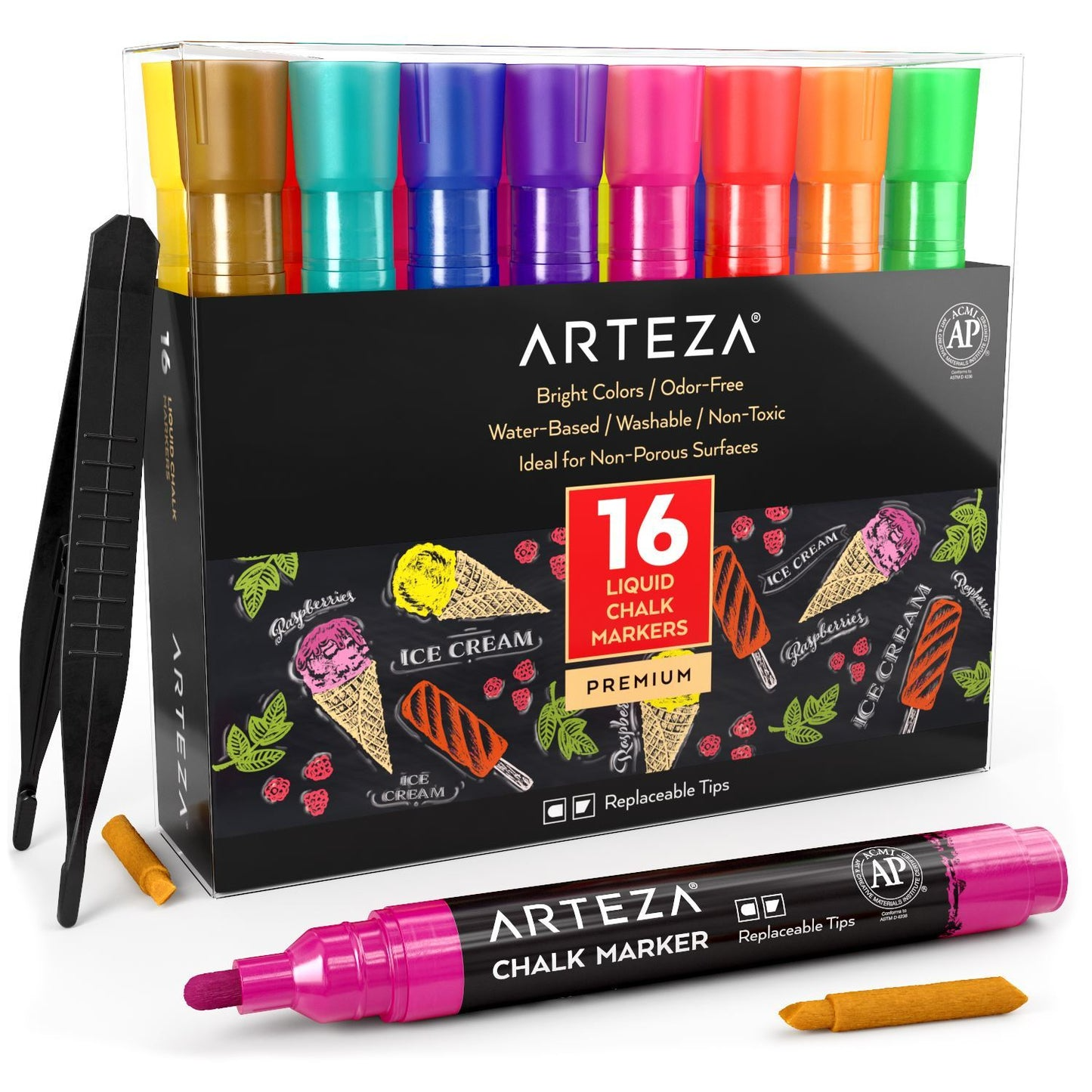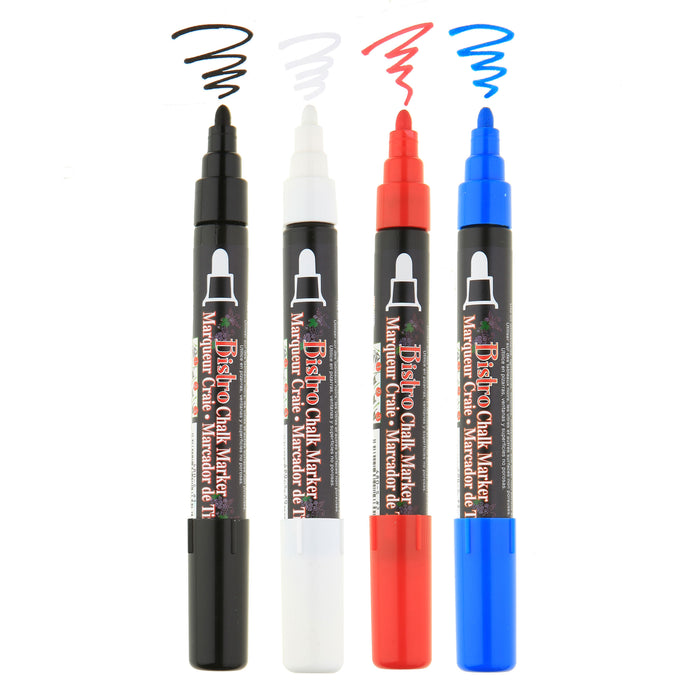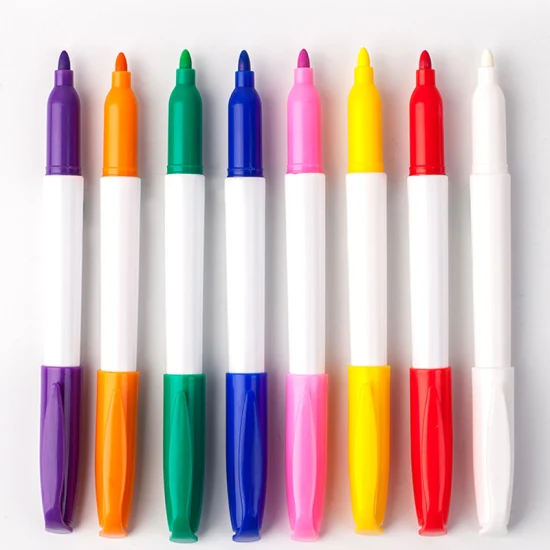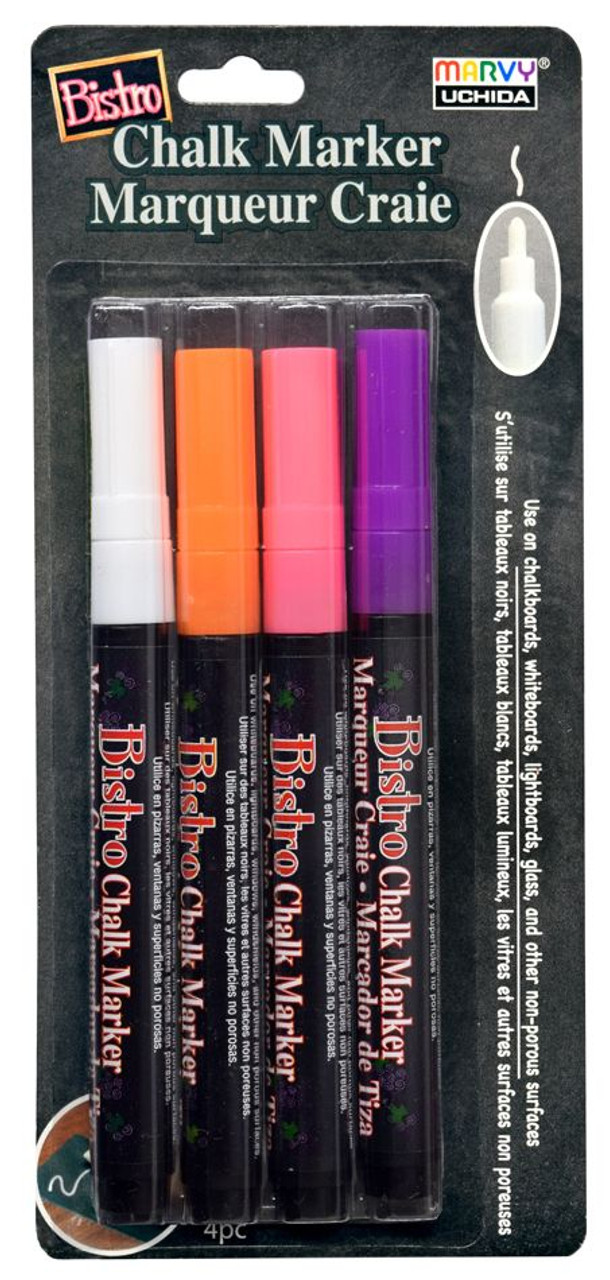Introduction to Chalk Paint Pens
Chalk paint pens are revolutionizing the world of crafting and home decor. These versatile tools combine the best features of traditional chalk and modern permanent markers. They bring ease, precision, and vibrant color to various surfaces, giving artists and DIY enthusiasts a new avenue to explore. Whether you are creating a handwritten sign, designing on a chalkboard, or embellishing a glass surface, chalk paint pens are your ideal companion.

One of the primary advantages of chalk paint pens is their adaptability. Unlike traditional chalk, these pens do not create dust, eliminating the mess associated with chalkboards. Moreover, they offer more control and fine detail than thick, imperfect chalk sticks. This makes them perfect for accurate lettering and detailed illustrations.
How Chalk Paint Pens Work
Chalk paint pens operate similarly to classic markers. They have a reservoir filled with liquid chalk, an applicator nib, and often a pump action to regulate the flow of ink. When you press the nib to your medium, liquid chalk dispenses smoothly, allowing you to draw or write with precision.
The beauty of these pens lies in their versatility. You can use them on various surfaces including chalkboards, glass, porcelain, metal, and plastic. This versatility makes them suitable for an array of projects, from simple labels on jars to detailed mural-painted glass windows. Furthermore, most chalk paint pens are formulated to be non-toxic and water-based, thereby making them safe for children to use under supervision.
Types of Chalk Paint Pens
Chalk paint pens come in a range of colors and tip sizes. These options expand the creative possibilities for users. The pens can be broadly categorized into two types: wet-erase and dry-erase.
Wet-erase pens are permanent until wiped with a damp cloth or cleaning solution. They are ideal for signs and displays that need to last but can be updated occasionally. Dry-erase pens are easier to erase and perfect for temporary designs or practice work.
Nibs also come in various shapes and sizes, such as fine-tip, medium-tip, and broad-tip. Fine tips are perfect for intricate details and small lettering. Medium tips work well for general-purpose writing and drawing, whereas broad tips are ideal for bold designs and filling large areas.
Applications in Home Decor
Chalk paint pens open up a world of possibilities in home decor. They are an easy way to personalize and revitalize different spaces. For instance, many people use them to create charming kitchen labels, vibrant pantry signs, or trendy quotes on living room walls.
Transforming old furniture into modern pieces is also possible. You can use chalk paint pens to add patterns, write phrases, or even sketch motifs on dressers, tables, or chairs. Their permanent nature on surfaces like wood ensures that your hard work endures.
For seasonal decorations, chalk paint pens can be a game changer. Picture drawing intricate designs on a pumpkin for Halloween or making personalized ornaments during Christmas. The simple application and eye-catching results make them a favorite tool for holiday crafting.
The Role in Professional Settings
These pens are not just for home use; they have found their place in professional environments as well. Cafés, restaurants, and bars frequently employ chalk paint pens for creating daily specials boards, menu highlights, and informative signs. The pens’ ability to deliver clear, vivid, and attractive text ensures that customers can easily read them, providing both aesthetic appeal and functionality.
In offices, they are an excellent solution for brainstorming sessions and professional presentations. People use them to write on glass boards or mark out ideas on other temporary surfaces. The ease of erasing and rewriting minimizes clutter and keeps the workspace tidy.
Educational Uses
Chalk paint pens have a strong foothold in educational settings, giving teachers versatile tools for creating engaging lessons. They are used to capture students’ attention with colorful and interactive content. From drawing diagrams to writing equations, these pens make learning more visual and engaging.

Beyond the classroom, parents can also use chalk paint pens for homeschooling activities. Craft projects, educational games, and creative writing assignments become more enjoyable and productive. The nifty features of these pens make education a fun and interactive experience for children.
Environmental Impact
One cannot discuss the marvels of chalk paint pens without addressing their environmental implications. First, they reduce the waste associated with traditional chalk, which often breaks and becomes unusable. The pens also streamline the process of creating signs and art, reducing the need for disposable materials like paper.
However, it’s important to consider the long-term environmental impact of discarded pens. Many manufacturers are now focusing on creating recyclable or biodegradable pens to minimize waste. Users can further reduce their environmental footprint by purchasing refillable ink cartridges and using the pens for varied purposes to maximize their lifespan.
Choosing the Right Chalk Paint Pen
Selecting the best chalk paint pen for your needs requires understanding your project and its demands. First, evaluate the surface you’ll be working on. If it’s a porous surface, like wood or fabric, opt for wet-erase pens for durability. For non-porous surfaces, both wet-erase and dry-erase can work effectively.
Next, think about the permanence required. If you need the design to last but not be permanent, a wet-erase pen is usually the way to go. For temporary designs, a dry-erase pen is suitable. Lastly, consider the available colors and nib sizes to match the details and dimensions of your artwork.
Tips for Using Chalk Paint Pens
Utilizing chalk paint pens efficiently can amplify the quality of your projects. Before diving in, it’s good practice to shake the pen well to ensure an even mix of ink. Priming the pen by pressing the nib down on a piece of scrap paper helps to get the ink flowing uniformly.
Keep a steady hand and controlled pressure for smooth lines. If you make a mistake with a wet-erase pen, a damp cloth will easily correct it. For dry-erase pens, a dry cloth should suffice. Experiment with various strokes and angles to find the techniques that best complement your style. Always cap the pen after use to prevent the ink from drying out.
Artistic Exploration
Chalk paint pens are not just for practical or educational uses; they are perfect for artistic exploration. Use them to create wall murals or window art that can transform a plain space into a piece of creative artistry. Artists often enjoy experimenting with layering different colors and techniques to create unique effects.
You can also employ these pens in mixed media art projects. Combined with other materials like washi tape, watercolors, or stencils, chalk paint pens add distinct attributes to your work. Their capacity to deliver precision, vibrancy, and ease of use supports artists in pushing their creative boundaries.
Conclusion
The advent of chalk paint pens has dynamically influenced various spheres, including home decor, professional environments, education, and art. These tools offer the convenience and versatility of modern markers with the traditional charm of chalk. Their non-toxic, water-based formulations ensure they are safe to use while also delivering vibrant colors and precise designs.
Whether you are an avant-garde artist, a teacher, or a DIY enthusiast, chalk paint pens will likely open up new creative avenues. By carefully selecting the right type and nib size, learning the best techniques, and exploring different applications, you can make chalk paint pens a staple in your creative toolkit.



